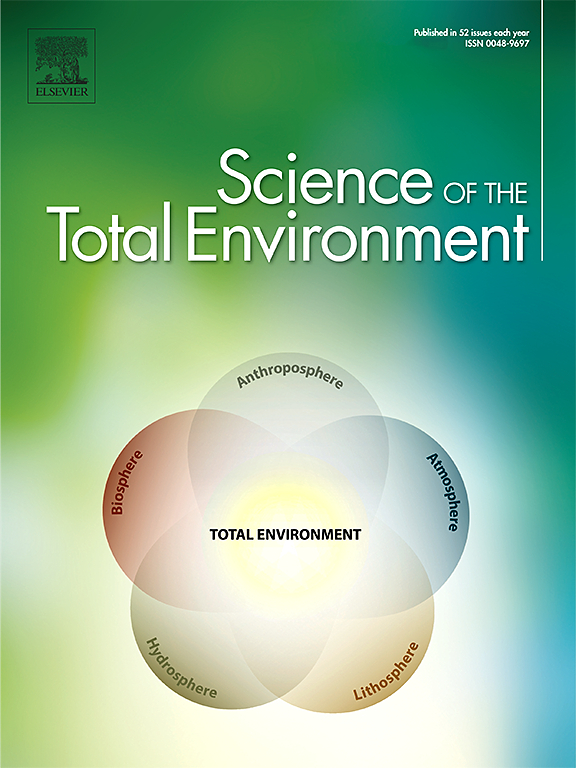Individual and combined effects of design and inter-operator variability on stream ecological assessment
IF 8.2
1区 环境科学与生态学
Q1 ENVIRONMENTAL SCIENCES
引用次数: 0
Abstract
In the context of long-term monitoring of stream ecological quality at large spatial extent, it is important to assess the overall reliability of a biotic index and to mitigate its uncertainty to ensure the effectiveness of stakeholder assessments and decisions. Only few studies have focused on the uncertainties associated to both the design of the method used to assess ecological status and the different steps of biological data acquisition. In this study we investigated the uncertainty associated with the design of a multimetric index (i.e., the uncertainty related to index parameter values because of the development dataset characteristics and calculation method), as well as the field data uncertainty because of inter-operator variability (i.e., associated with the sampling, sorting and identification steps of the applied protocol). We examined how the combined sources of uncertainty propagate to the index values and the final ecological assessment of water bodies. For this study, we focused on the I2M2, a multimetric index based on benthic macroinvertebrate assemblages and used to assess the ecological quality of French wadeable streams in the context of the European Water Framework Directive. We have shown that inter-operator variability was always the main source of uncertainty. The uncertainty related to the index design remained very limited. This study has highlighted the importance of robust index design combined with standardisation of the field and laboratory steps for the overall reliability of a biotic index, especially for long-term, spatially extensive monitoring of stream ecological health.

求助全文
约1分钟内获得全文
求助全文
来源期刊

Science of the Total Environment
环境科学-环境科学
CiteScore
17.60
自引率
10.20%
发文量
8726
审稿时长
2.4 months
期刊介绍:
The Science of the Total Environment is an international journal dedicated to scientific research on the environment and its interaction with humanity. It covers a wide range of disciplines and seeks to publish innovative, hypothesis-driven, and impactful research that explores the entire environment, including the atmosphere, lithosphere, hydrosphere, biosphere, and anthroposphere.
The journal's updated Aims & Scope emphasizes the importance of interdisciplinary environmental research with broad impact. Priority is given to studies that advance fundamental understanding and explore the interconnectedness of multiple environmental spheres. Field studies are preferred, while laboratory experiments must demonstrate significant methodological advancements or mechanistic insights with direct relevance to the environment.
 求助内容:
求助内容: 应助结果提醒方式:
应助结果提醒方式:


